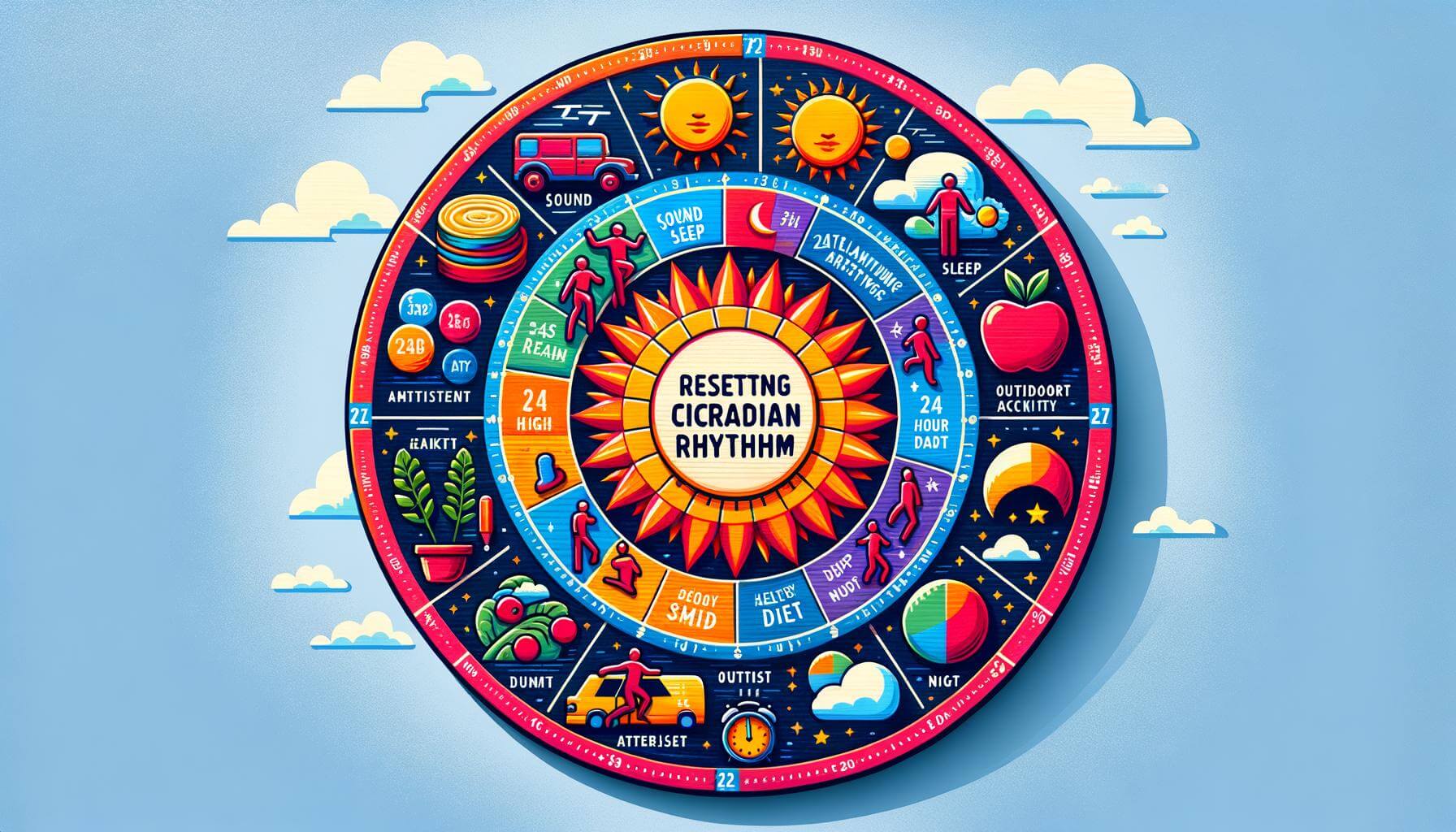
The Ultimate Guide to Mastering Pull-Ups and Chin-Ups
Pull-ups and chin-ups are two of the most effective and challenging upper body exercises. They target the muscles of the back, shoulders, and arms, and mastering them can take your fitness to the next level. In this ultimate guide, we will cover everything you need to know to improve your pull-up and chin-up performance.
Benefits of Pull-Ups and Chin-Ups
Before we dive into the details of mastering pull-ups and chin-ups, let’s talk about why these exercises are so beneficial. First and foremost, pull-ups and chin-ups are great for building upper body strength. They engage multiple muscle groups including the latissimus dorsi, biceps, triceps, and shoulders. By consistently performing these exercises, you can expect to see improvements in your overall upper body strength and muscle definition.
Additionally, pull-ups and chin-ups are excellent for improving grip strength. As you progress in these exercises, you will notice an increase in your grip strength, which can benefit other exercises and daily activities.
Proper Form and Technique
One of the most important factors in mastering pull-ups and chin-ups is using proper form and technique. This not only ensures maximum effectiveness of the exercises but also reduces the risk of injury.
Pull-Up Technique
- Start by hanging from a pull-up bar with your hands slightly wider than shoulder-width apart, palms facing away from you.
- Engage your core and pull your body up towards the bar, bringing your chin above the bar.
- Lower yourself back down to the starting position in a controlled manner, ensuring a full range of motion.
Chin-Up Technique
- Similar to pull-ups, start by hanging from a pull-up bar, but this time with your hands shoulder-width apart and palms facing towards you.
- Pull your body up towards the bar, bringing your chin above the bar.
- Lower yourself back down to the starting position with control, maintaining proper form throughout.
Progression Strategies
If you’re new to pull-ups and chin-ups, it’s important to implement progression strategies to build strength and improve your performance.
Assisted Pull-Ups and Chin-Ups
Using resistance bands or an assisted pull-up machine can help reduce the amount of bodyweight you’re lifting, making the exercises more manageable for beginners. Gradually decrease the assistance as you get stronger.
Negative Reps
Negative reps involve focusing on the lowering phase of the exercise, which is often the most challenging part. Jump to the top position of the pull-up or chin-up and lower yourself down as slowly as possible. This will help build strength for the full exercise.
Isometric Holds
At the top of the pull-up or chin-up, hold the position for a few seconds before lowering yourself down. Isometric holds help improve strength and stability in the muscles used during these exercises.
Workout Programming
Incorporating pull-ups and chin-ups into your workout routine can be done in various ways, depending on your fitness level and goals.
Beginner Program
For beginners, start with 3 sets of 5-8 assisted pull-ups or chin-ups, focusing on perfecting the form and gradually increasing the resistance as you progress.
Intermediate Program
Once you can perform unassisted pull-ups and chin-ups, aim for 3 sets of 5-8 reps, gradually adding more sets or reps as you get stronger.
Advanced Program
Advanced individuals can incorporate weighted pull-ups and chin-ups into their routine, using a weight belt or weighted vest to increase the resistance.
Common Mistakes to Avoid
When mastering pull-ups and chin-ups, it’s essential to be mindful of common mistakes that can hinder your progress and increase the risk of injury.
Swinging
Using momentum to swing your body during pull-ups and chin-ups takes away from the effectiveness of the exercise and puts unnecessary stress on your joints. Focus on controlled movements and minimize any swinging or kipping.
Neglecting Full Range of Motion
Failing to lower yourself fully and extend your arms at the bottom of the movement limits the muscle engagement and can lead to imbalances in strength.
Overtraining
While it’s important to practice regularly, overtraining the same muscle groups with pull-ups and chin-ups can lead to fatigue and hinder your progress. Ensure adequate rest and recovery between sessions.
SuperBody App: Your Ultimate Fitness Companion
For those looking to track their progress with pull-ups and chin-ups, SuperBody is the ultimate fitness app that offers a comprehensive exercise library, customizable workout plans, progress tracking, and much more. Available on the AppStore, SuperBody can help you stay on top of your fitness goals and take your pull-up and chin-up performance to the next level.
In conclusion, mastering pull-ups and chin-ups requires dedication, proper technique, and a structured training approach. By incorporating the strategies and tips outlined in this guide, you can develop the strength and skills needed to conquer these challenging exercises and elevate your overall fitness level. Whether you’re a beginner or advanced athlete, pull-ups and chin-ups are a valuable addition to any workout routine, and with consistency and perseverance, you can achieve mastery in these impressive upper body exercises.
